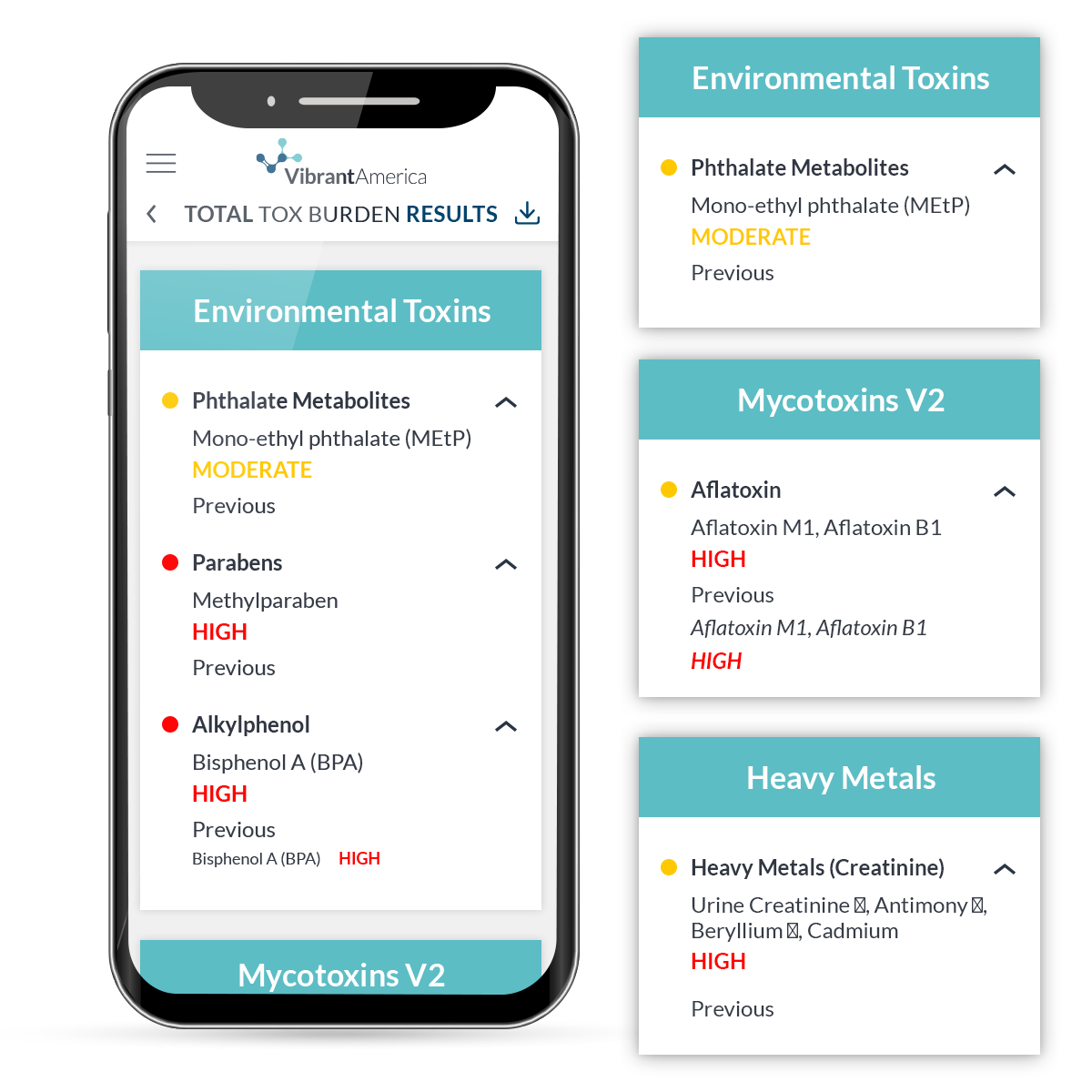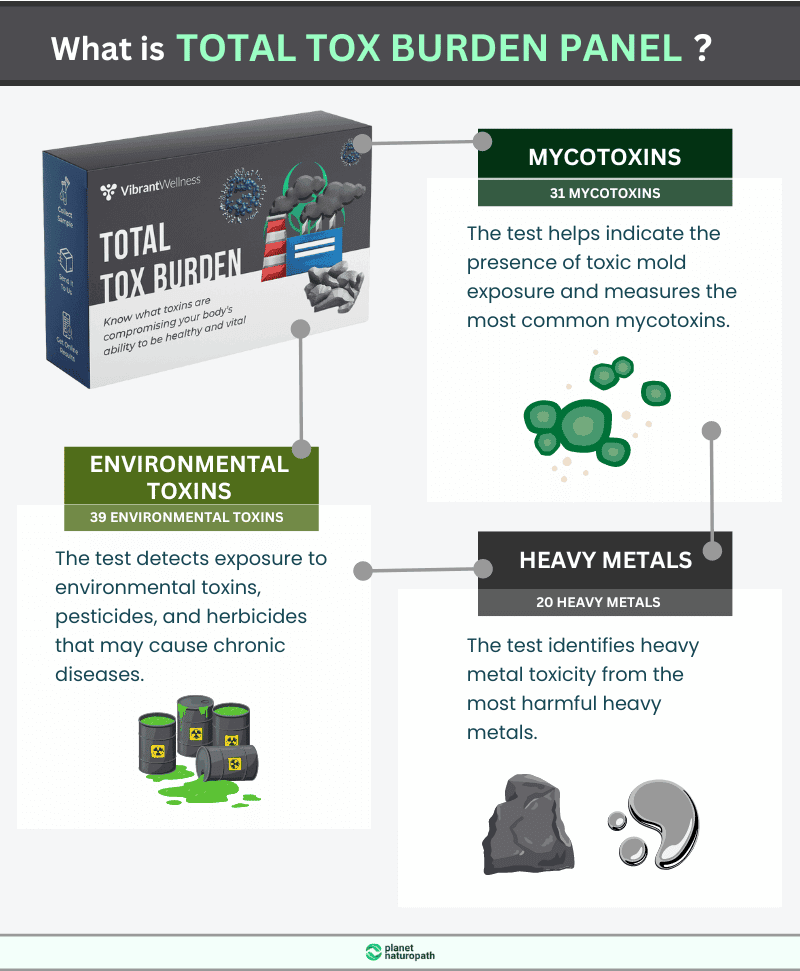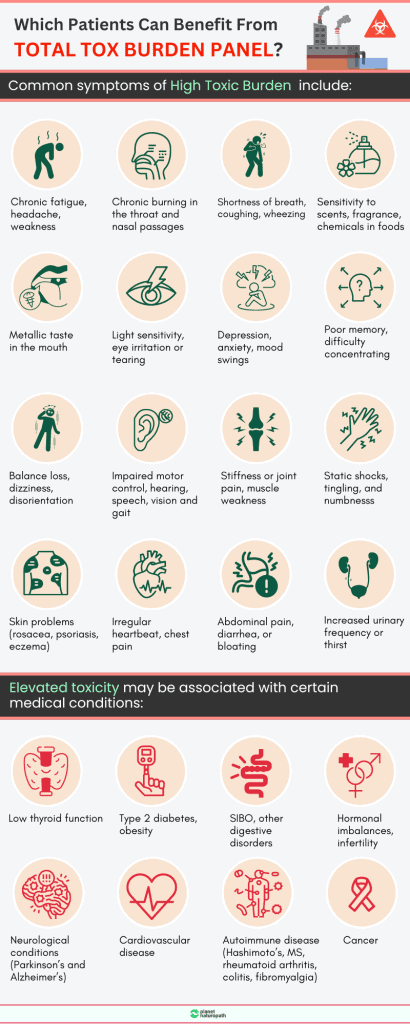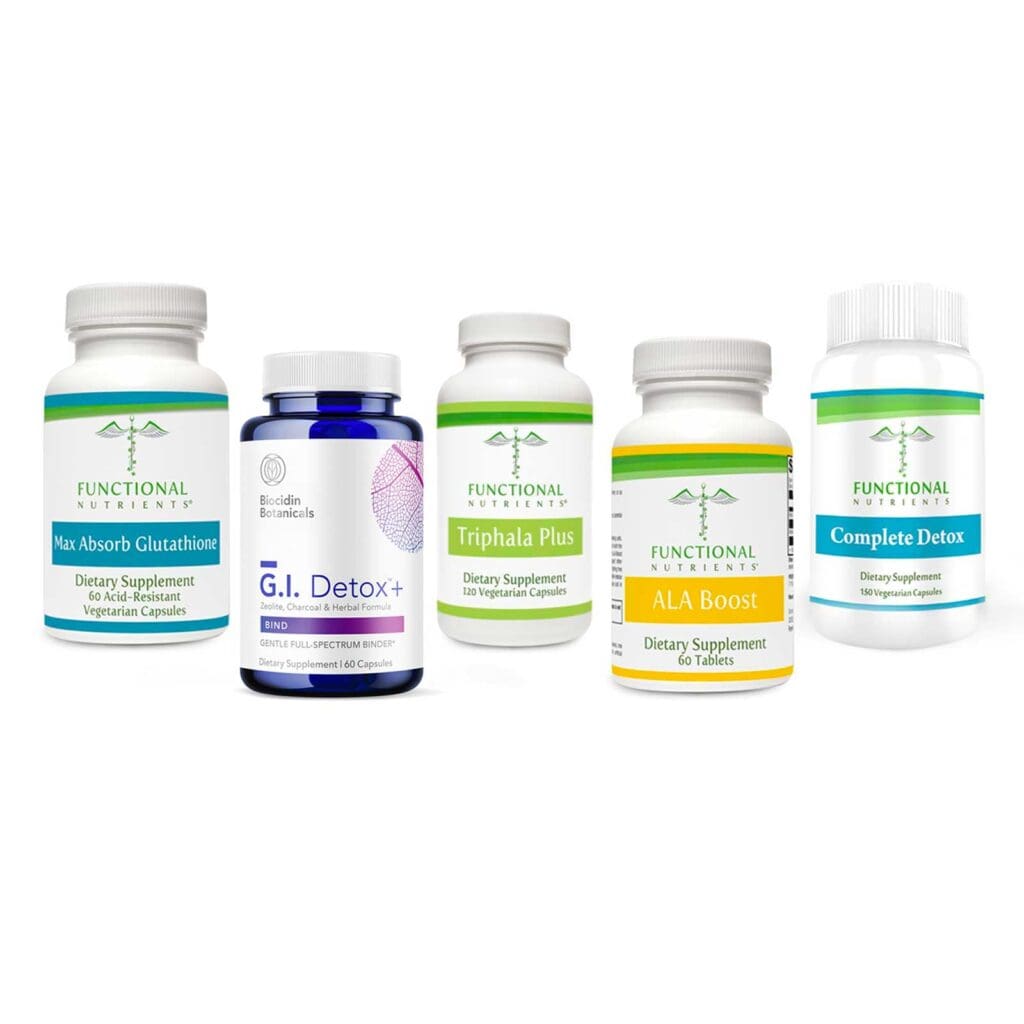Vibrant Wellness Total Tox Burden Test Cost

In an era increasingly focused on personalized health, novel diagnostic tests promising insights into the body's toxic load have garnered significant attention. Among these, the Vibrant Wellness Total Tox Burden Test stands out, but its associated cost has become a point of contention, raising questions about accessibility and value in the realm of functional medicine.
This article delves into the complexities surrounding the cost of the Vibrant Wellness Total Tox Burden Test, exploring what the test entails, why it commands its price point, and the ethical considerations surrounding its availability to a broad patient base. We will examine the perspectives of Vibrant Wellness, healthcare practitioners who utilize the test, and patients grappling with the financial implications.
Understanding the Total Tox Burden Test
The Vibrant Wellness Total Tox Burden Test is a comprehensive assay designed to identify and quantify various toxins present in the body. These toxins can range from environmental pollutants like heavy metals and pesticides to mycotoxins produced by mold and other harmful substances.
The test utilizes advanced technology, often including mass spectrometry, to detect these substances in a patient's urine sample. The results are intended to provide practitioners with a detailed profile of a patient's toxic exposure, enabling them to tailor treatment plans aimed at detoxification and overall wellness.
Decoding the Cost Factor
The cost of the Vibrant Wellness Total Tox Burden Test typically ranges from several hundred to over a thousand dollars, a price point that places it outside the reach of many individuals. Several factors contribute to this significant expense.
First, the advanced technology and specialized laboratory equipment required to perform the test represent a substantial investment. Vibrant Wellness also invests in research and development to continually refine and expand its testing capabilities.
Furthermore, the cost includes the expertise of the laboratory personnel involved in sample processing, data analysis, and report generation. The comprehensive nature of the test, analyzing a wide array of toxins, adds to the complexity and cost.
Vibrant Wellness's Perspective
Vibrant Wellness emphasizes the value of the information provided by the Total Tox Burden Test, arguing that it offers a level of detail not readily available through conventional testing methods. They maintain that the test helps practitioners identify root causes of illness and develop more effective treatment strategies.
The company also points to the rigorous quality control measures implemented throughout the testing process to ensure accuracy and reliability. They assert that the cost reflects the commitment to providing high-quality, scientifically validated results.
Practitioner Perspectives
Many functional medicine practitioners find the Vibrant Wellness Total Tox Burden Test a valuable tool in their clinical practice. They believe it provides crucial insights into a patient's health status, allowing for targeted interventions to reduce toxic burden and improve overall well-being.
However, some practitioners acknowledge the financial barrier the test presents for many patients. They may explore alternative, less expensive testing options or attempt to prioritize the most critical toxins to assess based on a patient's individual history and symptoms.
"The Vibrant Wellness test can be incredibly helpful, but it's essential to consider the patient's financial situation," says Dr. Emily Carter, a functional medicine practitioner. "Sometimes, a more targeted approach or a less expensive test can provide sufficient information to guide treatment."
Patient Experiences and Affordability Concerns
For patients, the cost of the Vibrant Wellness Total Tox Burden Test can be a significant obstacle. Many patients seeking functional medicine approaches are already dealing with chronic health conditions and facing substantial medical expenses.
The out-of-pocket cost, often not covered by insurance, can make the test inaccessible for those who might benefit from it. This raises ethical concerns about health equity and access to advanced diagnostic tools.
Some patients have expressed frustration with the lack of insurance coverage, arguing that the test should be considered a medically necessary diagnostic tool in certain cases. Others have explored financing options or sought assistance from patient advocacy organizations to help cover the cost.
Alternative Testing Options
While the Vibrant Wellness Total Tox Burden Test offers a comprehensive analysis, alternative testing options may be more affordable for some patients. These alternatives may focus on specific toxins or utilize different methodologies.
For example, individual heavy metal tests are often available at a lower cost than a comprehensive panel. Similarly, mold exposure can be assessed through environmental testing or blood tests for specific mold antibodies.
However, it's important to note that these alternatives may not provide the same level of detail as the Vibrant Wellness test. The choice of testing method should be made in consultation with a healthcare practitioner, considering the patient's individual needs and financial constraints.
The Future of Toxic Burden Testing
As awareness of environmental toxins and their impact on health grows, the demand for toxic burden testing is likely to increase. This increased demand may drive innovation and competition in the market, potentially leading to lower costs and greater accessibility.
Advancements in technology, such as miniaturized testing devices and more efficient analytical methods, could also contribute to cost reductions. Furthermore, increased insurance coverage for functional medicine testing may help to make these tests more affordable for a wider range of patients.
Ultimately, the goal is to ensure that individuals have access to the information they need to make informed decisions about their health, without being unduly burdened by financial constraints.



.webp)














